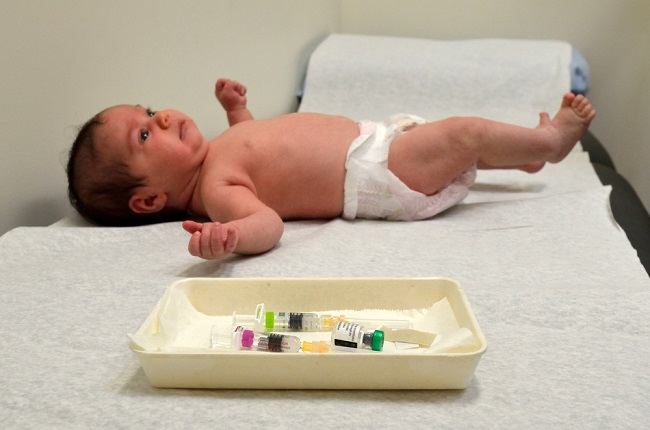Not a few women who want to always maintain the shape of the vagina. One step that can be done is through vaginal surgery. This surgery is done to improve the appearance and function of the vulva and vagina, or even to achieve sexual satisfaction.
In the world of medicine and aesthetics, there are various vaginal surgery procedures that can be performed by doctors, including: labiaplasty, vaginoplasty, hymenoplasty, perineoplasty, labia minora plasty, labia majora plasty, the addition of the labia majora, clitoral reduction surgery, to the addition of G-spot.

It is important that you understand the difference between reconstructive surgery and cosmetic surgery. Reconstructive surgery aims to improve the function of the body part that has been damaged, while cosmetic surgery aims to change or beautify the aesthetic appearance of the part of the body being operated on.
Types of Vaginal Surgery You Need to Know
Vaginal surgery consists of several types, namely:
Labiaplasty
This vaginal surgery procedure aims to change the size or shape of the labia (vaginal lips), both labia minora (inner vaginal lips) and labia majora (outer vaginal lips).
This type of vaginal surgery is also often performed to reduce the size of the inner vaginal lips so that they do not protrude beyond the outer vaginal lips, or to improve the size and shape of the vaginal lips.
Generally, women do this procedure because the labia are irritated and itchy. However, there are also those who do it for reasons of convenience during activities such as cycling, or for reasons of embarrassment with the shape of their labia.
Vaginoplasty
A vaginal surgery procedure that aims to tighten a loose vagina due to childbirth or aging. Some studies also mention that this vaginal surgery procedure can increase vaginal sensitivity.
Vaginoplasty This is done by removing excess tissue from the vaginal lining to tighten the inside of the vagina and make the vaginal opening smaller.
Hymenoplasty
This vaginal surgery procedure is performed to reconstruct the hymen, which is a thin membrane that covers the entrance to the vagina when you are a virgin. The edges of the torn hymen are reconnected so that during sexual intercourse, the membranes tear and bleed like a virgin.
This vaginal surgery is dominated by cultural reasons, but is also popular as a vaginal rejuvenation procedure for women who want to return to being a virgin.
Addition of the labia majora
This surgical procedure aims to beautify and thicken the outer lips of the vagina by injecting fatty tissue taken from other body parts. The labia majora augmentation procedure can also use hyaluronic acid to improve the shape of the vagina.
Vulval lipoplasty
Vaginal surgery procedure performed by liposuction to remove fat deposits on the mons pubis or a layer of fatty tissue covered with pubic hair.
Addition G-spot
Vaginal surgery procedure to increase size G-spot woman. The operation, which aims to increase a woman's sexual arousal and satisfaction, is performed by injecting collagen or fat into the body G-spot, namely the point of stimulation that is very sensitive in women and can make women excited so that they quickly reach orgasm.
Clitoral surgery
A vaginal surgical procedure to reduce tissue or glands in the clitoris. This operation aims to provide more stimulation so that it can increase a woman's sexual satisfaction.
Vaginal surgeries that are generally carried out are: labiaplasty. In medical terms, vaginal surgery that really needs to be done includes surgical cutting and repair of female genitalia due to misaligned vaginal lips growth due to congenital conditions, chronic irritation, or excessive androgenic hormones.
Other procedures related to vaginal rejuvenation and enhancement G-spot until now has not been medically proven effectiveness and safety. In addition to the benefits, vaginal surgery also has several risks, including risks due to anesthesia (anaesthesia), bleeding, infection, and scarring.
Other risks of vaginal surgery include:
- Nerve damage around the vagina and loss of sensation
- Permanent vaginal discoloration
- Pain during sexual intercourse
- Changes in sexual arousal
- Damage to the genital area
- Vaginal lips become misaligned
- Blood clotting
Therefore, women who want to do vaginal surgery are advised to reconsider the desire and purpose of doing surgery.
Consult clearly with your doctor regarding your wishes and the risks you can experience, and also consult other options that can be done besides vaginal surgery. For example, the problem of a loose vagina can be overcome by means of Kegel exercises.
Once you are fully aware of the risks and benefits that have been explained by the doctor regarding the vaginal surgery procedure, make sure the procedure is carried out by a professional and experienced surgeon.









